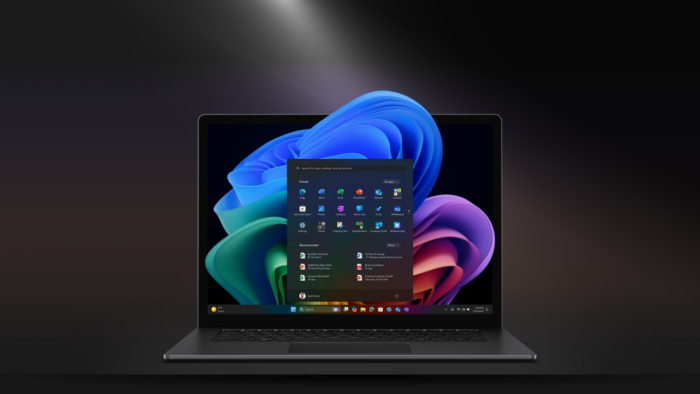Microsoft reportedly upgrades users with Windows Server 2022 to 2025 without notice
The general availability of Windows Server 2025 is just around the corner.
Key notes
- Microsoft launched Windows Server 2025 with GPU partitioning for AI performance.
- Users unexpectedly upgraded from Server 2022 to 2025, possibly due to misclassified updates.
- The release has issues, including installation errors and high-thread CPU compatibility problems.

Microsoft has just recently announced that Windows Server 2025 is now generally available. With built-in support for GPU partitioning, it sure does cater to the needs of AI performance at scale, among other new features.
But now, users have reported that they experienced an unexpected upgrade from Windows Server 2022 to 2025 with no prior notice.
A lengthy Reddit thread on r/sysadmin details a surprising incident where their UK-based company’s Windows Server 2022 systems unexpectedly upgraded to Windows Server 2025 overnight, causing licensing concerns.
They suspect that KB5044284, a recent “security update,” may have triggered this upgrade due to misclassification within their Heimdal patch management system, which categorized the update as an “Operating System Update.”
“Is 2025 being pushed out as a simple Windows update to our servers, just like “Patch Tuesday” events, have we missed something we should have set or are we just unlucky?,” the original poster wonders.
Other users also echoed similar experiences, saying that it’s been inconsistent how the update appears across different Windows versions. Some systems even list it as a “feature” update rather than a security one.
“Still not verified but we are seeing certain Server 2022 (seemingly 21h2 versions of 2022) see this as a Security Update and others (24h2) list it as a Feature Update.” says user u/TNTGav.
Windows Server 2025 faced a few problems, so it has not been a smooth release. At launch, Microsoft confirmed at least three issues: English text display during installation, a boot error in iSCSI environments, and compatibility with CPUs over 256 threads.
As for the latter, the affected systems may face long installation times, slow restarts, and then a blue screen of death (BSOD) when running certain apps.
Read our disclosure page to find out how can you help MSPoweruser sustain the editorial team Read more




User forum
2 messages